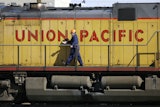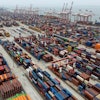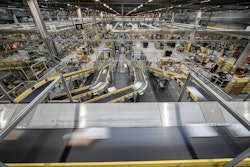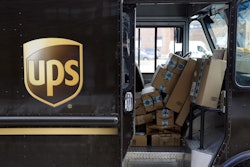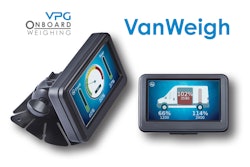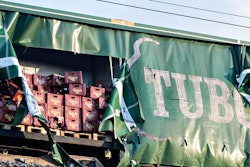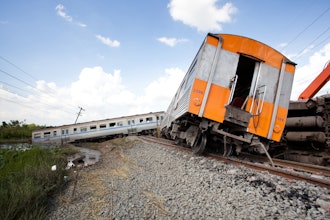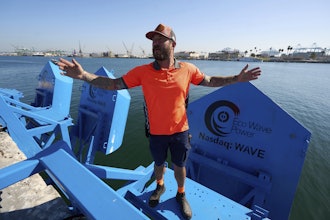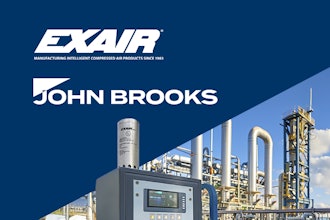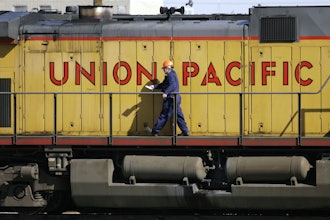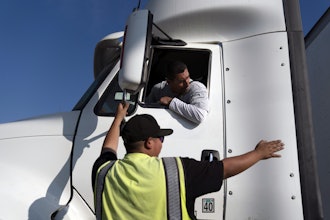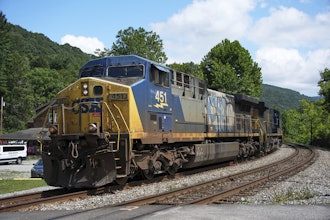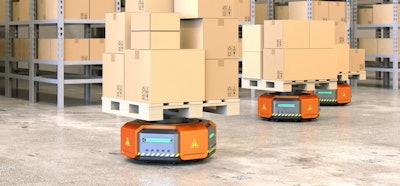
 Jeff Christensen, Vice President of Product, Seegrid
Jeff Christensen, Vice President of Product, SeegridLogistics managers in manufacturing and fulfillment facilities are constantly challenged by the need to streamline their operational efficiency and reduce costs. Although automating certain aspects of an operation can help achieve these goals, many automated solutions are inflexibly designed and are unable to adjust when a change to the system is required. With these challenges in mind, innovative companies are taking a page out of Uber’s book to improve time and cost efficiency in their materials handling with fleets of responsive autonomous vehicles.
Most of us remember the days before Uber and Lyft when taxis were the global standard for personal transportation in major cities. The process of hailing a cab, however, was less than ideal, requiring users to find an available taxi directly near them and catch the attention of the driver. Not only did this make it difficult for riders to have their needs met, it also took time away from both drivers and riders who were unable to easily and efficiently locate each other.
In a traditional logistics system, resources such as parts, products, and factory maintenance are allocated reactively as they are needed. In these reactive systems, humans are required to recognize the problem—such as a resource running low—and then fill that need, taking time away from their tasks to do the work. Using humans to do this administrative work is not ideal because employees are a business expenditure and most valuable when used for tasks that require higher-level thinking skills.
Let’s consider another system cities put in place to move around their materials (people): buses. The bus method for materials movement is proactive—it delivers on a fixed schedule that creates large buffers of capacity waiting to be used because it doesn't react to demand but rather a fixed schedule. In this sense, a bus-style methodology is not ideal in manufacturing as it can create inefficient buffers of product and bottlenecks for productivity. Alternatively, taxis are reactive—they engage on-demand at the point of need—but their weakness is availability: they are looking, possibly aimlessly, for work to do with highly inefficient travel in the interim.
Rideshare apps revolutionized this supply-demand structure by virtualizing the network of cars and ensuring that riders were always connected with the nearest available car.
So, if buses are pushing and bad for material delivery, and taxis are pulling, but inefficient in reconciling supply with demand, what is an ideal structure for optimizing efficiency? The answer is the middle ground that the rideshare model employs. This combines the efficiency of reactive pickups that taxi cabs employ while also removing of inefficient travel in between work by deploying available vehicles widely to meet needs where necessary.
This is precisely why manufacturing and fulfillment industries keen on improving industrial efficiency are deploying fleets of autonomous vehicles across factory floors the way Uber deploys drivers across cities around the world.
New automated systems—powered by AI and machine learning—have created the ability to streamline this identification-action framework through a network of automated vehicles that can find the closest available vehicle to fill demands as they arise without stopping other important functions within the production system. Companies are now using these systems to automatically identify a need, find the nearest available vehicle, assign it to the work, and monitor progress—all in a split second without human intervention. Vehicles can work in set patterns to backfill demand in off periods, and then they can be quickly redeployed to handle a time-sensitive request, creating an optimally productive industrial workforce that is flexible to changing needs.
Think of autonomous robotic vehicles in a manufacturing or fulfillment facility like a fleet of Uber drivers, making themselves available to produce results and improve the system’s overall efficiency. By replicating this proven system for autonomous pickup and dropoff with cutting-edge technologies, logistics and manufacturing facilities can make the most of its human workforce while continuing to drive down costs and increase efficiency with smart factory robotic systems.
Jeff Christensen is VP of Product at Seegrid.
A version of this article appears in the March 2019 issue of Industrial Distribution.
